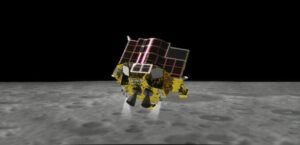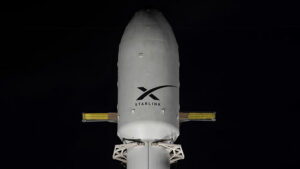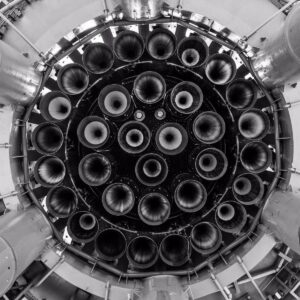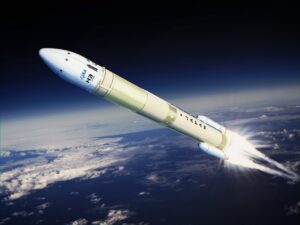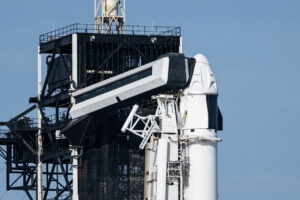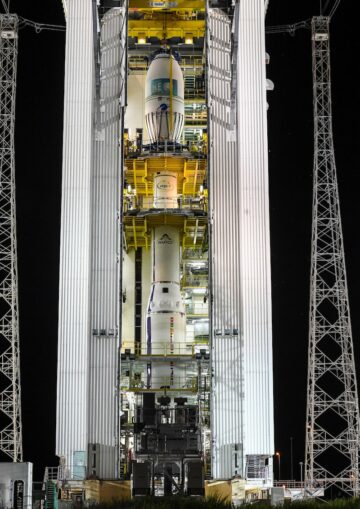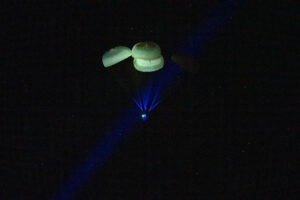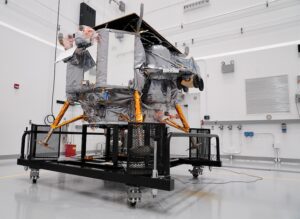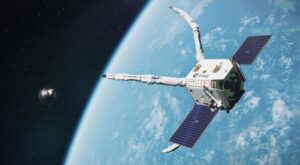SpaceX’s Falcon 9 rocket is set for liftoff from Cape Canaveral early Sunday, heading due east over the Atlantic Ocean to deliver the SXM 8 radio broadcasting satellite into orbit around 32 minutes later.
The 229-foot-tall (70-meter) rocket is poised for launch from pad 40 at Cape Canaveral Space Force Station in Florida during a one-hour, 59-minute launch window opening at 12:26 a.m. EDT (0426 GMT) Sunday.
Perched atop the rocket is the SXM 8 radio broadcasting satellite, a spacecraft manufactured by Maxar Technologies in Palo Alto, California, and owned by SiriusXM.
After deployment from the upper stage of the Falcon 9 rocket in an elliptical transfer orbit, the SXM 8 spacecraft will use its on-board thrusters to boost itself into a circular geostationary orbit more than 22,000 miles (nearly 36,000 kilometers) over the equator.
Based on Maxar’s 1300-series satellite bus, SXM 8 will provide radio programming to SiriusXM’s subscribers across North America.
The Falcon 9 first stage booster set to loft the SXM 8 payload has two previous flights to its credit, both of which were Crew Dragon missions carrying astronauts to the International Space Station.
The timeline below outlines the launch sequence for the Falcon 9 flight with SXM 8.
Data source: SpaceX
T-0:00:00: Liftoff

T+0:01:00: Mach 1

T+0:01:12: Max Q

T+0:02:33: MECO

T+0:02:36: Stage 1 Separation

T+0:02:44: First Ignition of Second Stage

T+0:03:23: Fairing Jettison

T+0:06:31: Stage 1 Entry Burn Begins

T+0:08:12: SECO 1

T+0:08:40: Stage 1 Landing

T+0:26:07: Second Ignition of Second Stage

T+0:26:51: SECO 2

T+0:31:42: SXM 8 Separation

Email the author.
Follow Stephen Clark on Twitter: @StephenClark1.
Source: https://spaceflightnow.com/2021/06/06/falcon-9-launch-timeline-with-sxm-8/- "
- 000
- 39
- 7
- 9
- america
- around
- Automated
- bus
- california
- carbon
- carrying
- Communications
- credit
- Dragon
- drone
- Early
- falcon
- Falcon 9
- First
- flight
- Flights
- florida
- Health
- High
- HTTPS
- International
- international space station
- launch
- manufactured
- merlin
- million
- North
- north america
- ocean
- parking
- performance
- pounds
- pressure
- Programming
- Radio
- satellite
- set
- Share
- Short
- Space
- Space Force
- space station
- spacecraft
- speed
- Stage
- Technologies
- tweet
- Vacuum

